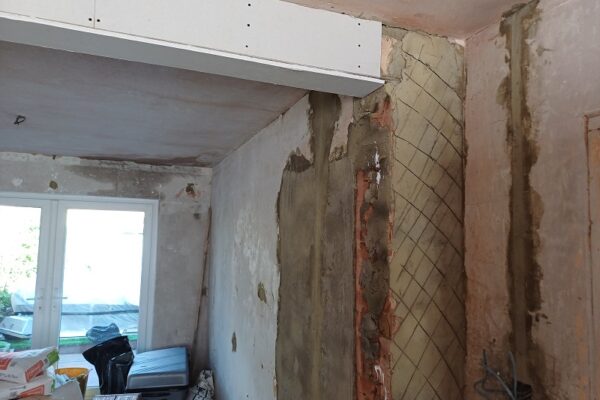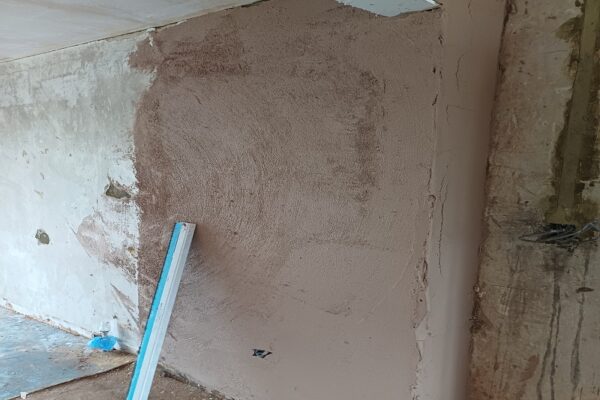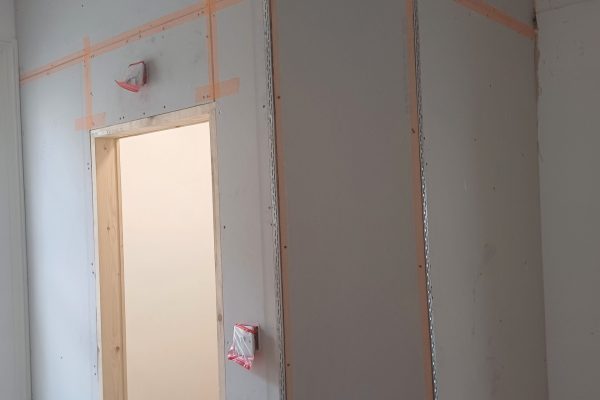Plastering London: The Ultimate Guide to Finding the Best Service
Introduction
Plastering is an essential aspect of any construction or renovation project. Whether you’re looking to repair cracks, add a smooth finish to your walls, or prepare surfaces for painting, finding a reliable plastering London service is crucial. If you’re in London, the options are abundant, but not all plasterers are created equal. This guide will help you navigate the plastering landscape in London, ensuring that you find the best service for your needs.
Why Plastering is Crucial for Your Home
Plastering serves both functional and aesthetic purposes. It provides a smooth surface, essential for painting or wallpapering, and offers insulation and soundproofing benefits. Quality plastering can increase the longevity of your walls, reducing maintenance costs in the long run.
Common Plastering Services in London
- Skimming: A thin coat of plaster applied to existing walls or ceilings to create a smooth surface.
- Rendering: The application of a mix (usually sand and cement) to exterior walls to protect against the elements.
- Dry Lining: Fixing plasterboard to internal surfaces like walls and ceilings.
- Ceiling Repairs: Addressing cracks, holes, or water damage on ceilings.
- Venetian Plastering: A decorative finish that offers a polished, marble-like appearance.
How to Choose the Best Plasterer in London
1. Check Qualifications and Experience
A plasterer’s qualifications and experience are critical. Look for professionals who have undergone formal training and have several years of experience, especially with projects similar to yours.
2. Read Reviews and Testimonials
Online reviews and testimonials can provide insight into the quality of service offered by a plasterer. Check Google reviews, Trustpilot, and other review platforms to gauge customer satisfaction.
3. Ask for a Portfolio
A good plasterer will have a portfolio showcasing their previous work. This will give you an idea of their skill level and style, helping you determine if they are the right fit for your project.
4. Get Multiple Quotes
Don’t settle for the first quote you receive. Reach out to several plasterers and compare their prices, services, and timelines. This will ensure you get the best value for your money.
5. Check for Insurance and Guarantees
Ensure that the plasterer you hire is fully insured. This protects you in case of accidents or damage during the project. Additionally, ask if they offer any guarantees for their work, which can give you peace of mind.
The Cost of Plastering in London
The cost of plastering can vary widely depending on the size and scope of the project. On average:
- Skimming: £8-£12 per square meter.
- Rendering: £25-£40 per square meter.
- Dry Lining: £15-£20 per square meter.
Other factors influencing cost include the complexity of the job, the materials used, and the plasterer’s experience.
Why Choose PlasteringService.London for Your Plastering London Needs?
1. Expertise and Experience
At PlasteringService.London, we bring years of experience and expertise to every project. Our team of highly skilled plasterers has worked on a wide variety of projects across London, from small residential repairs to large-scale commercial renovations. No job is too big or too small for us.
2. Comprehensive Plastering London Range of Services
We offer a full spectrum of plastering services to meet all your needs:
- Skimming: Perfect for giving your walls and ceilings a smooth, fresh finish.
- Rendering: Protect your exterior walls with our durable and weather-resistant rendering services.
- K Rend Service: Our K Rend service offers a modern, low-maintenance alternative to traditional render, providing a high-quality, long-lasting finish for your exterior walls.
- Ceiling Repairs: From minor cracks to significant water damage, we restore your ceilings to their original condition.
3. Quality Workmanship
We pride ourselves on delivering exceptional workmanship on every project. Our team uses only the highest quality materials and the latest techniques to ensure a flawless finish that will last for years to come.
4. Transparent Pricing
At PlasteringService.London, we believe in transparency. We provide clear, detailed quotes with no hidden fees, so you know exactly what to expect from the outset. Our competitive pricing ensures you get the best value for your investment.
5. Customer Satisfaction
Our commitment to customer satisfaction is at the core of everything we do. From your initial consultation to the final walkthrough, we work closely with you to ensure that all your plastering needs are met to the highest standard. We’re proud of the positive feedback and repeat business we receive from our clients.
6. Fully Insured and Guaranteed
Rest easy knowing that our services are fully insured and come with a satisfaction guarantee. We stand by the quality of our work and are confident that you’ll be pleased with the results.
Get a Free Quote Today!
If you’re in need of professional plastering services in London, look no further than PlasteringService.London. Contact us today to discuss your project and get a free, no-obligation quote. Whether you’re renovating your home, repairing damaged walls, or enhancing your property with high-quality K Rend, we’re here to help you every step of the way.
Tips for Maintaining Your Plasterwork
- Regular Inspections: Check your plasterwork regularly for signs of cracks or damage.
- Repair Quickly: Address any issues as soon as they arise to prevent them from worsening.
- Avoid Excess Moisture: Moisture can cause plaster to deteriorate, so ensure your home is well-ventilated and fix any leaks immediately.
Conclusion
Plastering is a critical component of any home improvement project. Whether you’re skimming walls for a smooth finish or rendering exterior walls for protection, choosing the right plastering service in London can make all the difference. By following this guide, you’ll be well on your way to finding a plasterer that meets your needs, ensuring a high-quality finish that will stand the test of time.
Ready to Transform Your Home?
Are you planning a plastering project in London? Look no further! Contact us today for a free consultation and quote. Our experienced team is ready to help you achieve the perfect finish for your home.
📞 Call us at: 07427123200
🌐 Visit us at: Plastering Services London
Connect with us on Social Media:
Experience the finest plastering services in London. We promise quality craftsmanship, reliable service, and stunning results. Transform your home with us today!


























